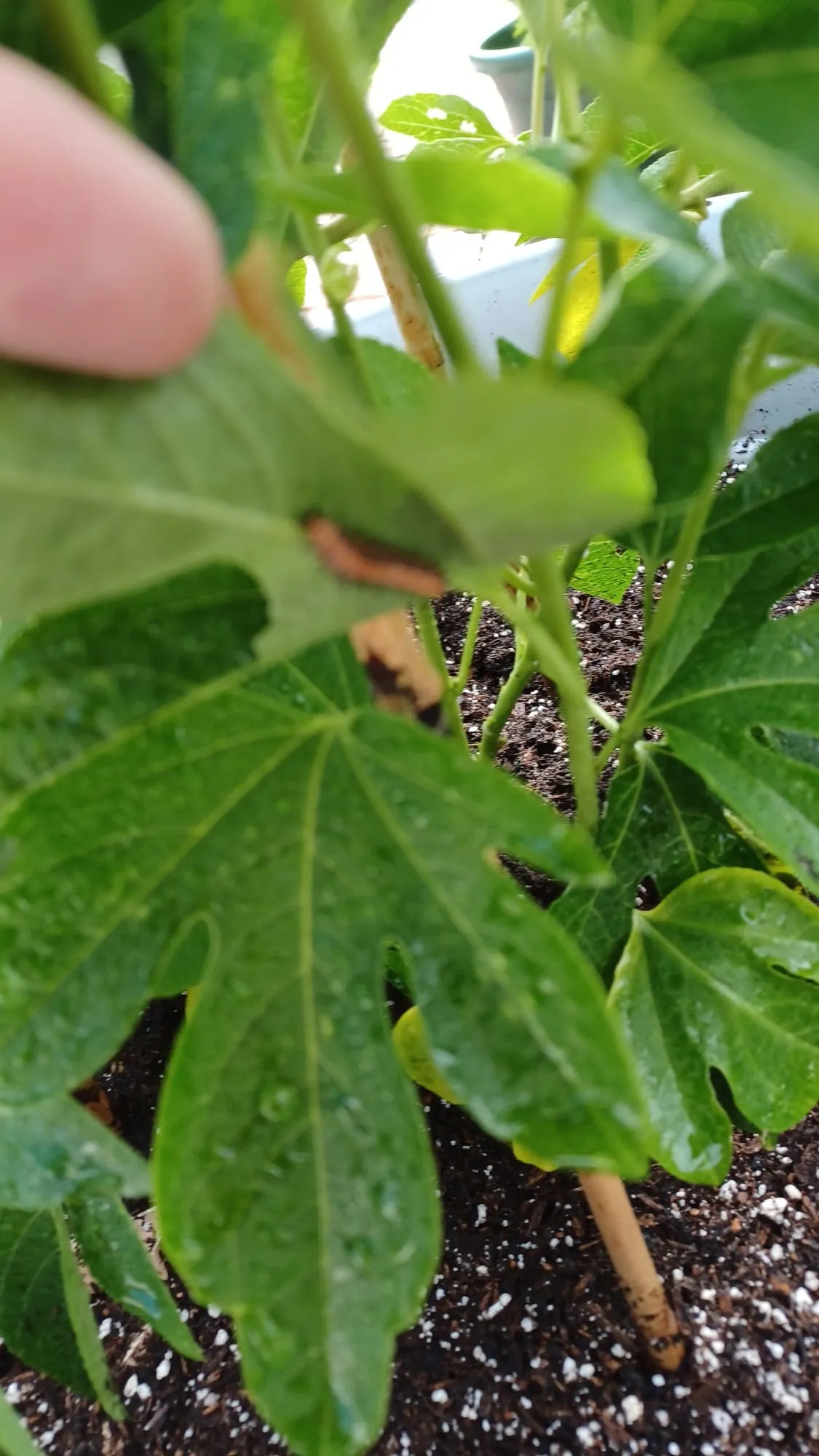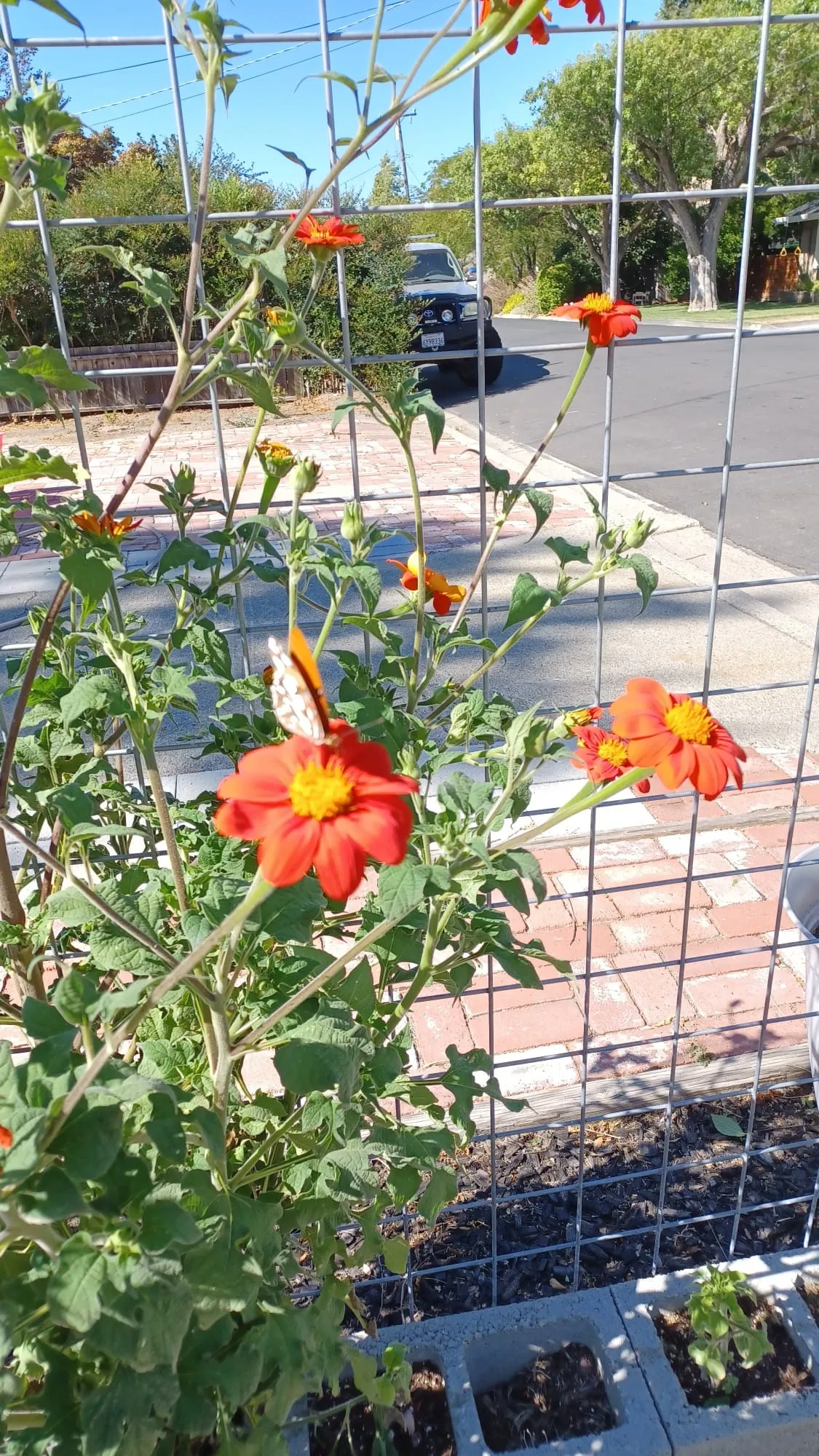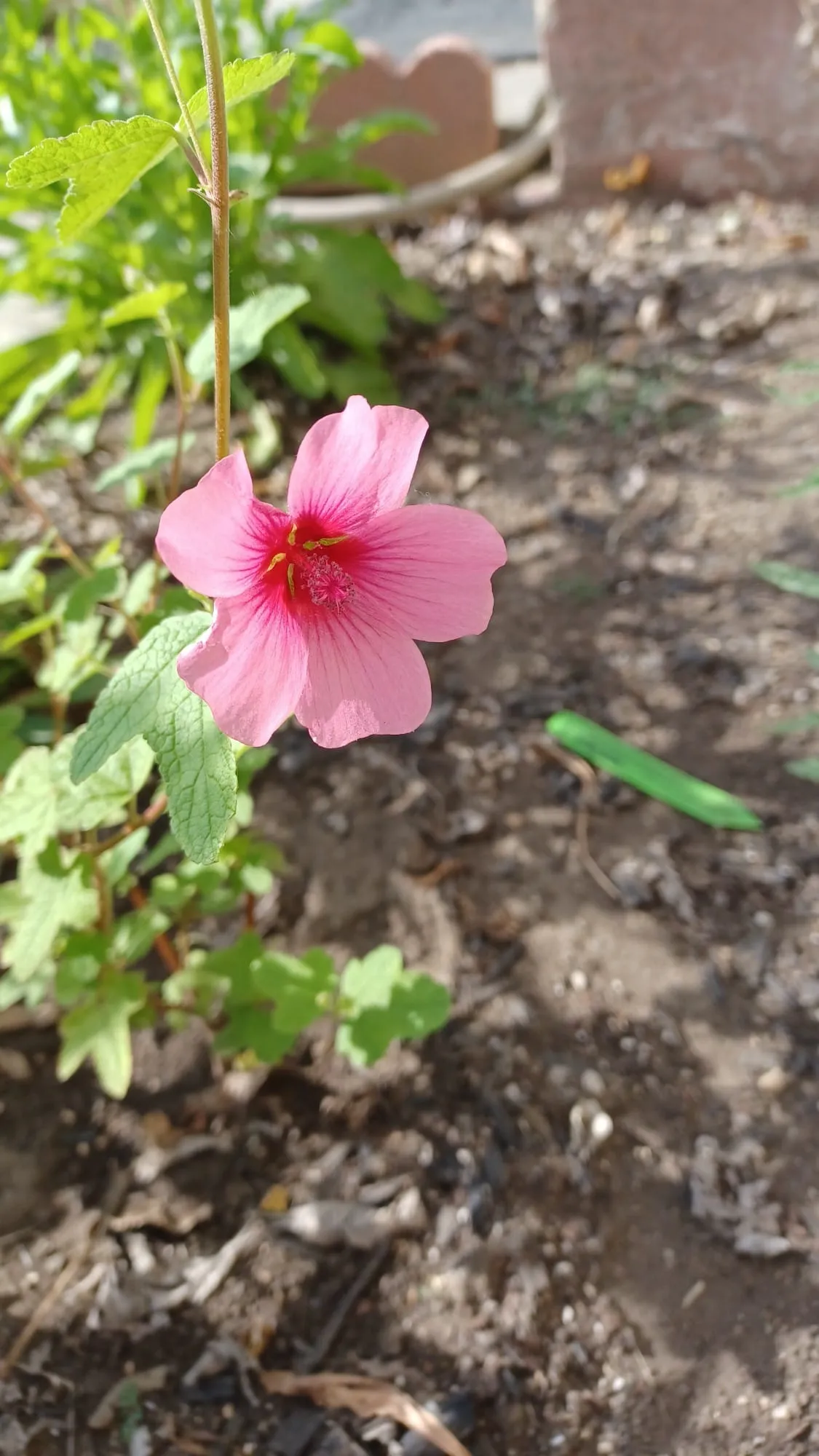Pollinators: From Empty Front Yard to Buzzing Wildlife Sanctuary
Almost every seed plant on Earth requires pollination at some point. This is true for the more well-known and colorful floral species and cone-bearing plants like pine trees. A crucial part of the reproductive cycle, pollen is essentially a little bit of yellow dust that carries the male sex cells of a plant.
Since pollination is important for wildflowers:
- Ensure enough seed production for proliferation and dissemination.
- Keep a population's genetic variety high.
- Produce sufficient fruit to attract pollinators.
- We just cannot function without them; that much is true!
Interesting natural history isn't the only thing pollination is. All terrestrial ecosystems, including ours, rely on pollinators for survival. Nearly eighty percent of the 1,400 crop plants cultivated globally—those that provide humans with food and plant-based industrial goods—need animals to help with pollination. Other benefits of Pollinator seed mix and visits are increased crop yields and bigger, tastier fruits. Pollination services are worth $10 billion a year to the American economy. The estimated value of pollination services on a global scale exceeds $3 trillion.
Oil palm, canola, sunflower, and other plant-pollinated oils and fats account for over half of the world's total consumption. Pollinator seed mix are essential to the growth of almost all grain and fruit crops in the United States, with over 150 food crops. According to the USDA, over $10 billion of crops rely on pollination.
Making Your Garden a Haven for Pollinators

Creating a pollinator habitat requires less of a well-manicured grass and more of an unfettered approach. Come with us as we show you how to make your yard a haven for pollinators of all kinds.
01: Laying The Land:
To begin, just go for a stroll over your yard and make mental notes. Is it sunny or cloudy where you are? When does full sun fall, and where does it go? Plants that pollinate and the insects that visit them thrive in full to partial light. Get the most out of your planting efforts in these places by carefully selecting plants for each spot.
Is there any undeveloped or overgrown space on your property? If not, can you think of any spots on your property where native pollinators might find a home by allowing nature to take back a little section of your lawn?
02: Selecting Elite Plants:
Although it's often believed that vibrantly colored flowers attract more pollinators, many other factors should be considered when planning a pollinator garden.
In every situation, native blooming plants are the way to go. Long before humanity began growing flowers, these plants provided food for natural pollinators in your area. Plants native to your location will also be simpler to care for since they have evolved to thrive in your specific soil and weather.
Here is a good place to look to learn about local species. According to the National Wildlife Federation, these are the ten most common native plant species in the United States. You may expand that list with a fast Google search or a phone call to your neighborhood extension office.
Plants that live for many years are the best option. Because they keep growing and filling in gaps year after year, your gardening efforts will be worthwhile because you won't have to buy new ones every season. Use only heritage types if you insist on using non-native plants.

Large, spectacular blooms are a hallmark of many hybrid flowers sold at local nurseries. Many of these sophisticated new varieties don't put out much pollen or nectar, which could surprise you. Unfortunately, pollinators don't benefit from these blooms, which were selectively cultivated for human use.
03: Consider Plants Blooming:
It is crucial to provide pollinators with nectar and pollen from blooms during the growing season. Blooms from early spring until late October might be yours if you cultivate various plants.
04: Color Coordinate The Plants:
Yellow, purple, and blue blossoms entice bees. Avoid planting lone plants and instead create huge regions of color. For best results, put three of each plant in a cluster. Pollinators will have an easier time seeing the blossoms because of this.
If you're planning a pollinator garden, include shrubs and trees with blooms. Early spring is a good time for flowering trees to bloom since this provides pollinator garden with some of their first food for the year. When designing your garden, consider the various flower and petals shapes.
What matters most is variety. It's a recurring topic, in case you haven't noticed. Daisies and flowers with only one ring of petals tend to have a higher pollen and nectar production rate. Nevertheless, a wider variety of pollinators are attracted to and may be fed by cluster blooms, such as milkweed and Queen Anne's lace. Sow a combination of the two kinds. Nighttime pollinators, such as bats and moths, should not be overlooked. These night owls would be much appreciated if you could supplement their diet with night-blooming plants.
05: Do Not Use Pesticides:
If you want your plants to be free of pesticides, neonicotinoids, and other harmful chemicals, you should only buy them. Once again, choosing native species is a great approach to sidestep the problem of commercial nursery spraying. In most cases, you should refrain from using pesticides in your garden. Your goal should be to provide a haven of a pollinator garden without any pollutants that may damage them.
Choose a pesticide that won't damage pollinators and apply it at night, when they're not active, if you really must.
06: Hummingbirds Are Necessary:
Consider putting a hummingbird feeder in your yard. Hummingbird nectar is simple to whip up, and it's always a treat to see these wacky acrobats descend to feast.
Combine four parts of water with one-quarter cup of white table sugar to create the nectar. Gather the nectar and set it aside to cool to room temperature.
Neither red food coloring nor honey nor other sweeteners should be used. Once every two weeks, empty the nectar feeder and refill it with new nectar. Another way to entice hummingbirds is to plant red flowers.
07: Include Caterpillars:
If you grow the plants that butterfly larvae consume, you may act as a host for them. Finding out what plants each butterfly caterpillar consumes is crucial since most have particular diets.
Remember that although a fully grown butterfly will consume nectar, a caterpillar's diet will consist of plant leaves. Therefore, it is a positive sign if you see caterpillars eating leaves. If the sight of the damaged leaves is too much to bear, relocate the plants to a more secluded part of your yard.
08: All Kinds of Bugs Are Important:
Insects generally aren't doing so well, even though our pollinators are crucial. It could be a shock to hear that all insects are becoming extinct. Pollinators get the most attention because of their vital function in crop development. A balanced environment relies on the work of many different kinds of insects.
Worldwide, insect populations are declining, and this is a far larger issue than bees and butterflies. In pursuing a permanent remedy, we must exercise more restraint in using pesticides and our agricultural methods.
By designing a habitat for pollinators, you can help spread awareness of the importance of all insects and encourage their inclusion in your garden. When compared to birds, you'll realize that they're as fascinating to observe. Make a note of all the insects that visit your yard by keeping a bug-watching notebook.

Plant Pollination Strategies
Pollination happens when some animals, insects, water, wind, butterflies, moths, beetles, or other creatures transport pollen from one bloom to another or even inside a flower. Pollination, seed germination, and fruit harvesting are all outcomes of flowers of identical species being able to transport pollen to one another. Other conditions, including drought, significant temperature swings, or illnesses, might hinder full seed and fruit production.
01: Morphological Adaptation:
The amazing variety of floral tactics and pollinator garden adaptations resulting from millions of years of co-evolution between flowering plants and their pollinator partners is remarkable. The close relationship between flowers and pollinators is the direct cause of the wide range of floral colors, shapes, and fragrances we see. Pollination syndromes describe the wide range of floral characteristics linked to specific pollinators.
Two ways flowering plants have adapted to spread their pollen: abiotic, in which no living things are involved, and biotic, in which animals play a mediating role. Wildlife pollinates almost 80% of the world's plants. Wind pollinates 98% of abiotically pollinated plants and water 2%.
02: Wind Tactics:
Flowers of wind-pollinated plants often emerge just before or at the same time as the plant's new leaves emerge in the spring. In this way, the leaves don't get in the way of the pollen being released from the anthers and the stigmas of the flowers being able to receive it.
Large quantities of pollen are produced by the male flowers of trees, such as cottonwood, oaks, and birches, which are tiny, clustered green blooms. These flowers are organized in long upright inflorescences or dangling catkins. Little, smooth, and airy pollen is produced by plants pollinating by the wind. The female flowers of wind-pollinated plants have a greater chance of obtaining pollen since the plants tend to appear in huge numbers.
03: Animals:
During their shared evolutionary history, flowering plants and the animals pollinating them have become more reliant on one another due to morphological changes brought about by natural selection. To attract pollinators, plants have developed a wide variety of complex strategies. Visual signals, aroma, food, imitating, and trapping are all examples of such techniques.
Bats and black-and-white ruffed lemurs are just two pollinators that have adapted unique behaviors and structures to aid plant pollination. Plants that rely on animal pollination have sticky and barbed pollen, allowing the pollinating animal to transport the pollen from one blossom to another.
04: Time of Flowering:
Plants have evolved to bloom at different times throughout the growing season to reduce pollinator competition and provide a steady food supply. The blooming plant season begins with the first signs of spring in late winter and continues through summer and fall, when pollinators may collect nectar and pollen from blooms in return for their pollination services.
In the fall, pollinators may find blooming plants to collect nectar and pollen from in return for pollination.
Let Birdfy Help You!
If you are looking for products to attract more and more birds and species, Birdfy can be your sanctuary. From Bamboo feeders to Smart Bird houses, make your yard a home for wildlife in an advanced way. Shop at Birdfy now.
